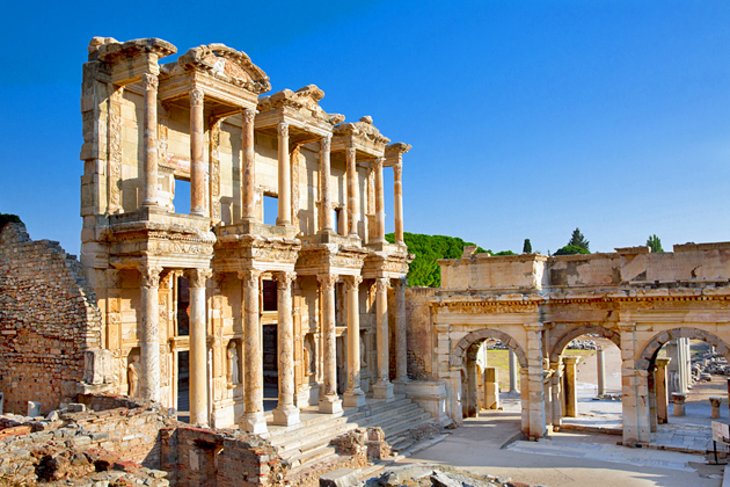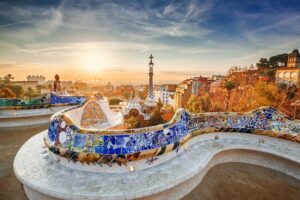
Located on the edge of the Aegean Sea, near the city of Izmir, Ephesus is one of the most important archaeological sites around the Mediterranean. Bringing together the remains of Roman, Mycenaean and Greek civilizations, Ephesus was a capital of Asia Minor, often compared to Alexandria, Antioch and even Rome.
A stay in the surroundings of Ephesus therefore allows you to immerse yourself in history, especially on the hill of Ayasuluk, oldest Byzantine acropolis in Anatolia and within Artemision where the temple of Artemis stands, one of the Seven Wonders of the World. The Ephesus Museum is also incredibly rich. The proximity of Izmir and Selçuk also allows you to enjoy the entertainment and the beaches. Discover all our travel ideas around Ephesus. Make a visit to https://madeinturkeytours.com/ephesus/ for more information.
A site discovered in 1868 16 km north of Kusadasi, Ephesus is one of the most splendid Hellenistic and Roman cities in the Mediterranean.
Where to go?
Miraculously, many buildings have come down to us in a very good state of conservation: houses, agora, basilica, temples. In addition, a large part of the statues and decorations are still present on the site, which gives a lot of charm to the site and makes us easily plunge into the time of the Romans.
If the city was founded by the Greeks, the surviving remains are those from Roman times. The main buildings were built during the reign of Emperor Augustus. At that time, Ephesus was the capital of the province of Asia and had 250,000 inhabitants! The upper part of the city constituted the administrative district while the lower part regrouped the cultural and religious centers (theater, library). Do not hesitate to take a guided tour of this rich and vast site (over a thousand hectares).
The Lower Part
You will start with a visit to the lower part of the city. Going up the Courète route, you will see in turn the State Agora, the center of political life, the Odeon, a theater which could accommodate 1400 spectators and which hosted Senate meetings, and the Temple of the Twins intended for to honor Rome and Julius Caesar. From the administrative basilica remain pretty columns with capitals adorned with bulls’ heads. The two Doric columns mark the site of the Prytaneum, the building which contained the sacred fire.
- You will arrive at Domitien’s place. On the south side of the square was the temple of Domitian but it was completely destroyed. The fountain, the Nymphaeum of Pollio, dates from 97 AD The Inscriptions Museum which contains engraved marble plaques is almost always closed.
Conclusion
By taking the rue des Courètes, the sacred way which led to the temple of Artemis, you will cross the gate of Herakles, which today consists of only two carved pillars. Further on, the Trajan’s fountain has unfortunately undergone a terrible restoration. At the Archaeological Museum , you can see what the building really looked like. The Temple of Hadrian has an elegant facade. You can then enter the thermal baths of Scholastikia and discover how this establishment works.




